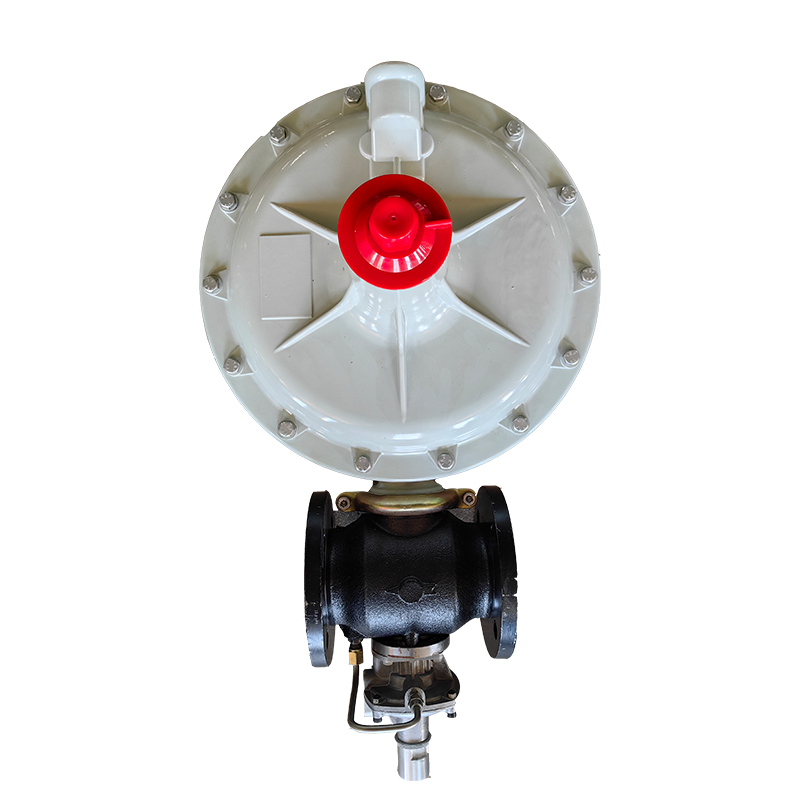
12 月 . 03, 2024 18:23
Back to list
gas metering
Understanding Gas Metering An Essential Component of Energy Management
Gas metering plays a crucial role in the management and distribution of natural gas, a vital energy source used in homes, industries, and power plants. The process involves measuring the quantity of gas consumed or supplied, which aids in billing, monitoring usage, and ensuring safety. This article delves into the significance of gas metering, the technologies involved, and its implications for consumers and the industry.
The Importance of Gas Metering
Gas metering is fundamental to modern energy management for several reasons. Primarily, it enables accurate billing for consumers. Without effective metering, energy providers would struggle to determine how much gas a customer has consumed, leading to either overcharging or undercharging. Accurate metering ensures that consumers pay only for what they use, fostering trust between suppliers and customers.
Moreover, gas metering contributes to efficient resource management. By analyzing metering data, energy providers can identify patterns in consumption, helping them optimize their supply chain. This optimization can lead to reduced costs and enhanced sustainability, as excess supply can be minimized, reducing waste and associated environmental impacts.
Types of Gas Meters
There are several types of gas meters, each designed to serve different needs and applications. The most common types include
1. Diaphragm Meters Widely used in residential applications, diaphragm meters measure gas flow using a flexible diaphragm that expands and contracts as gas flows through. This type of meter is known for its accuracy and durability.
2. Turbine Meters Often employed in commercial and industrial settings, turbine meters use a rotating vane to measure gas flow. The speed at which the vane spins is proportional to the flow rate. These meters are highly accurate and suited for high-flow applications.
gas metering

3. Rotary Meters These meters are similar to turbine meters but use two rotating lobes to measure gas volume. Rotary meters can handle large volumes of gas, making them ideal for industrial applications.
4. Ultrasonic Meters Utilizing sound waves, ultrasonic meters measure the time it takes for sound to travel upstream and downstream through the gas. This technology provides highly accurate readings and can also measure gas quality, making it valuable for sophisticated applications.
5. Smart Meters The advent of smart technology has revolutionized gas metering. Smart meters provide real-time data on gas consumption, enabling consumers to monitor their usage through mobile applications. They facilitate automated billing processes and improve energy management by allowing both consumers and suppliers to access usage data remotely.
The Future of Gas Metering
As we move into an era of increased energy efficiency and environmental responsibility, the future of gas metering looks promising. With the rise of renewable energy sources and innovative technologies, gas metering systems are becoming more integrated with smart grid solutions. This integration allows for better demand management and improved reliability in supply.
Furthermore, advancements in data analytics and Internet of Things (IoT) technologies are set to enhance gas metering further. By employing predictive analytics, suppliers can forecast demand better, ensuring that supply meets consumption without unnecessary wastage.
Conclusion
Gas metering is more than just a tool for measuring consumption; it is an essential element of energy management that influences economic and environmental outcomes. Its accuracy ensures fair billing, while sophisticated technologies pave the way for enhanced efficiency and sustainability. As the energy landscape evolves, embracing innovative metering solutions will be critical for utilities, consumers, and the planet alike. The future of gas metering holds immense potential, promising a more efficient and sustainable energy system for generations to come.
Next:
Latest news
-
Unlocking The Quality Gas Pressure ReducersNewsNov.01,2024
-
The Role of Gas Pressure Reducing StationsNewsNov.01,2024
-
The Importance and Functionality of Safety Relief ValvesNewsNov.01,2024
-
The Essential Role of Safety Valves in Natural Gas ApplicationsNewsNov.01,2024
-
The Essential Role of Gas Pressure RegulatorsNewsNov.01,2024
-
Enhance Your Premium Gas FiltersNewsNov.01,2024

